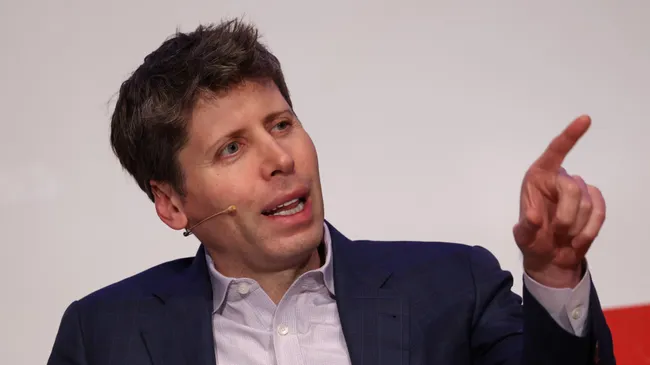For decades, anime has been synonymous with painstaking craft. Every frame of One Piece carries the weight of human effort: key animators sketching foundations, in-betweeners bridging the gaps, colorists layering atmosphere, background artists breathing life into the world. This intricate choreography is what gives anime its soul.
Now, Toei Animation—the studio that has guided One Piece through more than a thousand episodes—has announced that artificial intelligence will enter the process.
On paper, it sounds like progress. Partnering with Preferred Networks, Toei says AI can ease bottlenecks, assist with backgrounds, and make production more efficient. The industry is notorious for brutal deadlines and underpaid talent. If AI lightens that burden, why not welcome it?
But the reaction was swift and sharp. Across Reddit, Twitter, and fan forums, alarm bells rang. Was this the first step toward replacing human artists? Would One Piece, a story defined by heart and imagination, start to feel sterile? Critics invoked the words of Hayao Miyazaki, who once dismissed AI-generated animation as an “insult to life itself.”
The GPT-5 Effect
The debate feels especially charged because of timing. In August 2025, GPT-5 arrived, showcasing just how far generative AI has come. The model can juggle text, images, audio, and even rudimentary video. Some saw exhilaration: a glimpse of creative futures where humans and machines collaborate. Others saw fear. If a system can mimic human style and reasoning so convincingly, what happens to authenticity, to jobs, to the emotional resonance born of imperfection?
As news of GPT-5 spread, parallels with Toei’s decision became impossible to ignore. The model’s ability to echo “tone” and “aesthetic” mirrored the very qualities fans feared anime might lose. If a machine can draft storyboards, design backgrounds, or even propose dialogue rhythms, the line between “assistant” and “replacement” narrows to a thread.
The Economic Pressure Cooker
Anime is booming worldwide, projected to reach $60 billion by 2030. Yet paradoxically, Japanese studios often keep less than 10% of that revenue. Streaming platforms, licensing deals, and overseas distributors siphon profits, while home studios survive on tight budgets.
This is the backdrop for Toei’s gamble. AI offers a way to cut costs and accelerate cycles. But efficiency is not the same thing as artistry. The soul of anime rests in human quirks: a sketch that feels alive, a line that isn’t perfect but carries intent, a flourish only a hand can give. Handing that work to an algorithm risks more than aesthetic loss. It risks breaking the bond between creator and audience. Fans are not buying moving pictures. They are buying the humanity inside them.
A Split in the Fandom
Not every fan opposes the shift. Some see potential if AI is deployed responsibly. Backgrounds, for instance, are repetitive and time-intensive. If AI shoulders that burden, animators could devote themselves to the expressive heart of anime: characters, emotions, and action.
Others see only betrayal. The presence of AI in the pipeline feels like a signal that studios will trade authenticity for efficiency. Once that door opens, can it ever be closed? If the machine is faster and cheaper, financial logic will dictate the path forward, not artistic integrity.
The Bigger Question
The debate is not about whether AI can make anime. The question is whether anime should be made by AI. One Piece is more than a product. It is a cultural landmark. Its themes of freedom, friendship, and chasing dreams are profoundly human. If the process of telling that story becomes mechanized, does it erode the very spirit it celebrates?
Perhaps the answer lies in balance. Just as digital coloring and 3D modeling were eventually embraced, AI might become another tool—if wielded with respect. GPT-5 itself offers a cautionary tale. Its rollout was met with both awe and backlash, proof that even the most advanced system stumbles when it forgets creativity is about connection, not just output.
The Future of the Thousand Sunny
So where does this leave Toei and the One Piece community? The Straw Hat Pirates are entering their final saga, and the anime that carries their story to millions now faces a saga of its own. This choice is not merely technical. It is philosophical.
Will the future of anime be one where machines dream instead of humans, or one where machines lift burdens so humans can dream even bigger?
As GPT-5 redraws the boundaries of creativity, Toei’s decision confronts us with a question that reaches beyond anime: when art meets algorithms, who gets to hold the pen?

